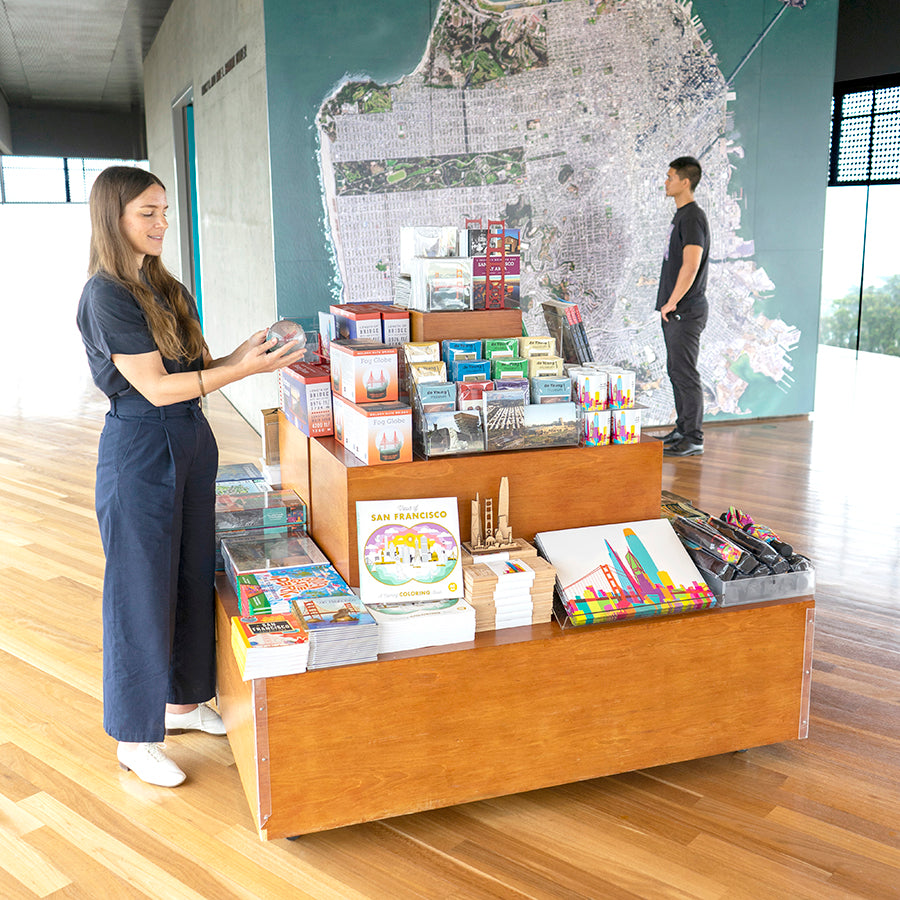Shop the Monet and Venice Gift Package & VIP tickets—the perfect gifts for Valentine's Day!
Plan your visit at famsf.org
Every purchase in our stores directly support the collections and exhibitions of the de Young and Legion of Honor museums.
Every purchase in our stores directly support the collections and exhibitions of the de Young and Legion of Honor museums.
Every purchase in our stores directly support the collections and exhibitions of the de Young and Legion of Honor museums.
Every purchase in our stores directly support the collections and exhibitions of the de Young and Legion of Honor museums.
Every purchase in our stores directly support the collections and exhibitions of the de Young and Legion of Honor museums.
Every purchase in our stores directly support the collections and exhibitions of the de Young and Legion of Honor museums.
Every purchase in our stores directly support the collections and exhibitions of the de Young and Legion of Honor museums.
Every purchase in our stores directly support the collections and exhibitions of the de Young and Legion of Honor museums.
Japanese print culture, which had flourished for more than a century with the production of color woodcuts, dramatically changed course in 1868 following the overthrow of the shogun and the elevation of an emperor who promoted modernization and engagement with the West.
Museum members receive 10% off all items from our museum stores, including sale items and custom Art on Demand prints.
Every purchase in our stores directly support the collections and exhibitions of the de Young and Legion of Honor museums.
